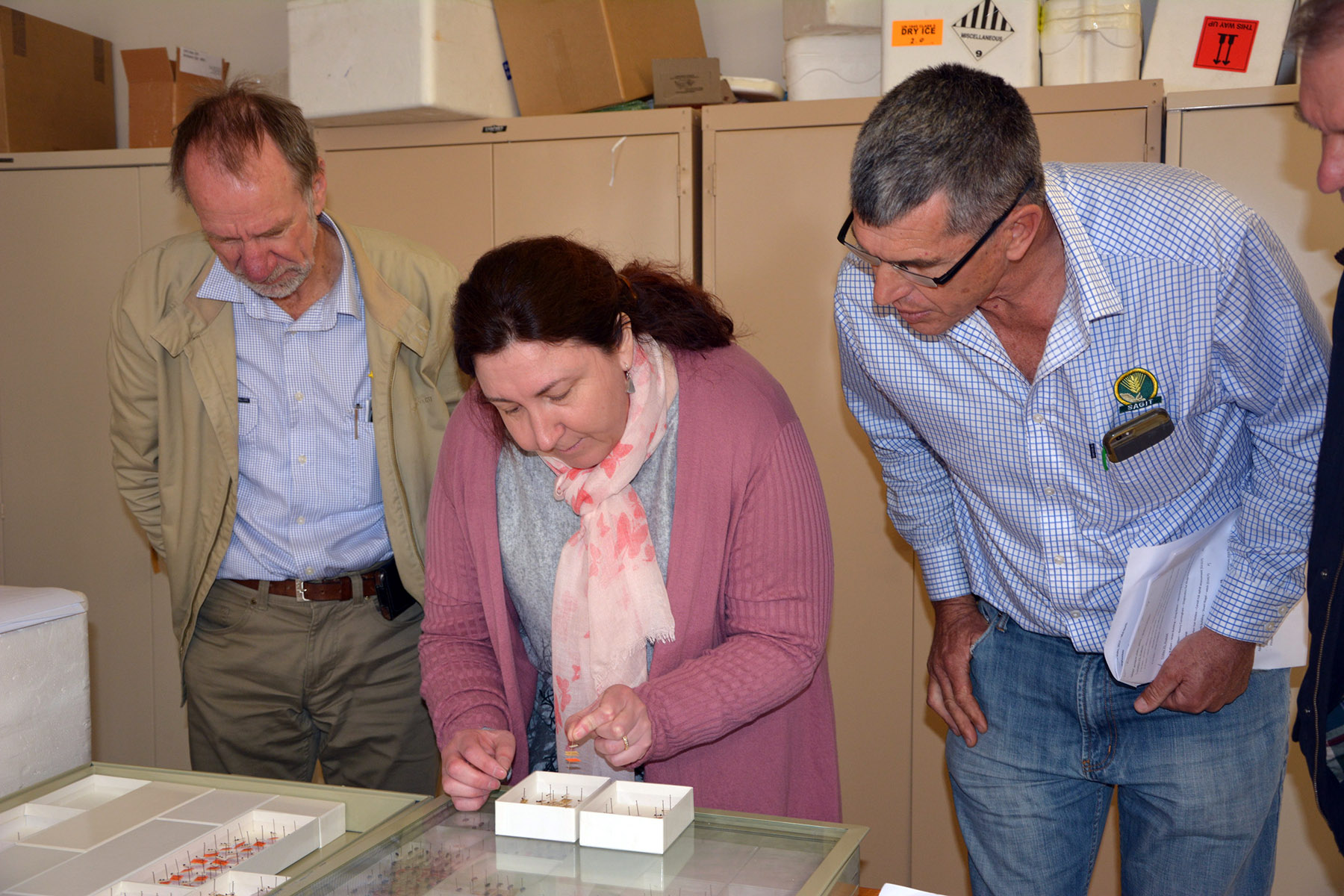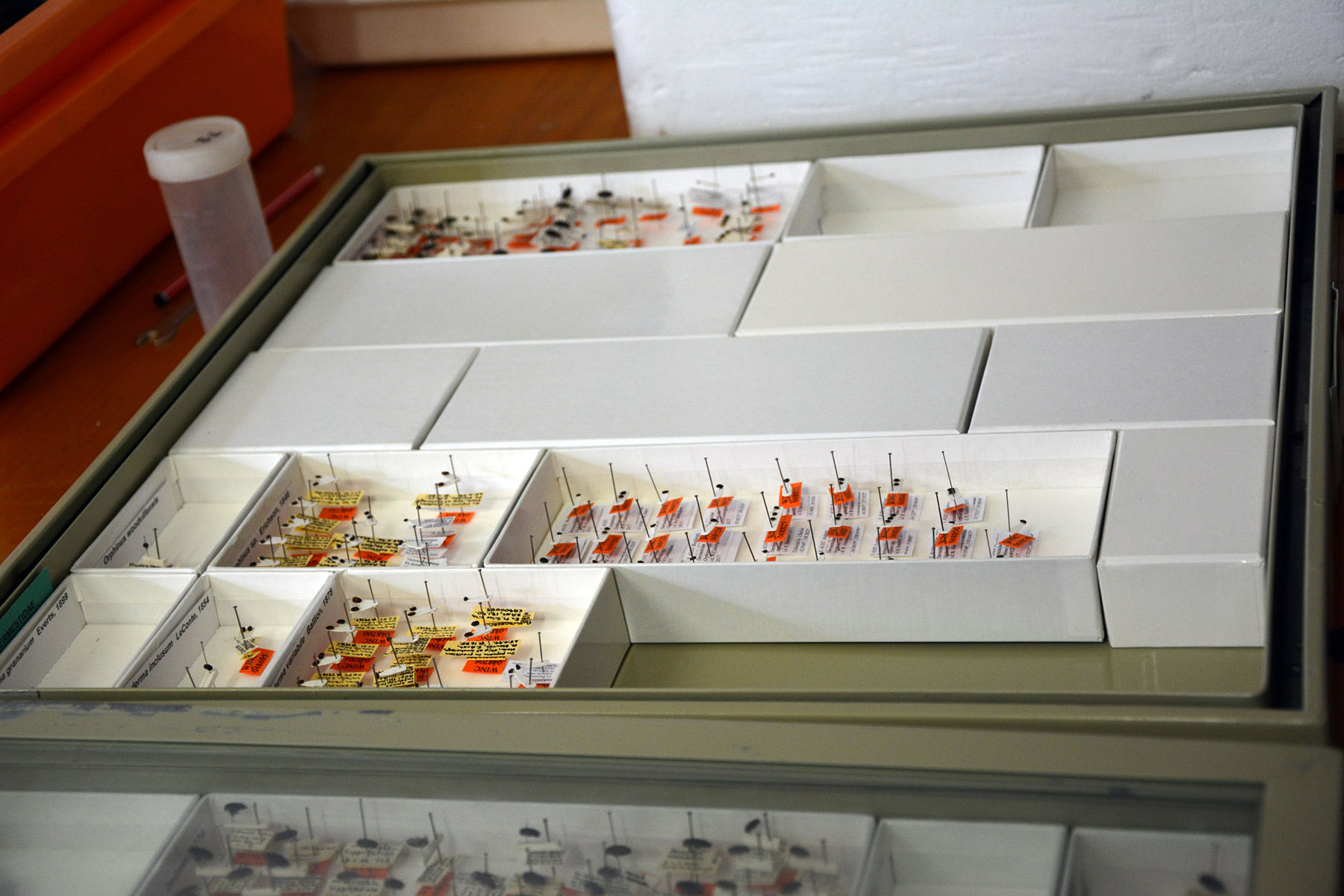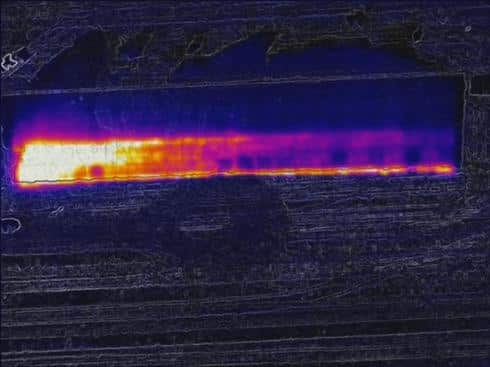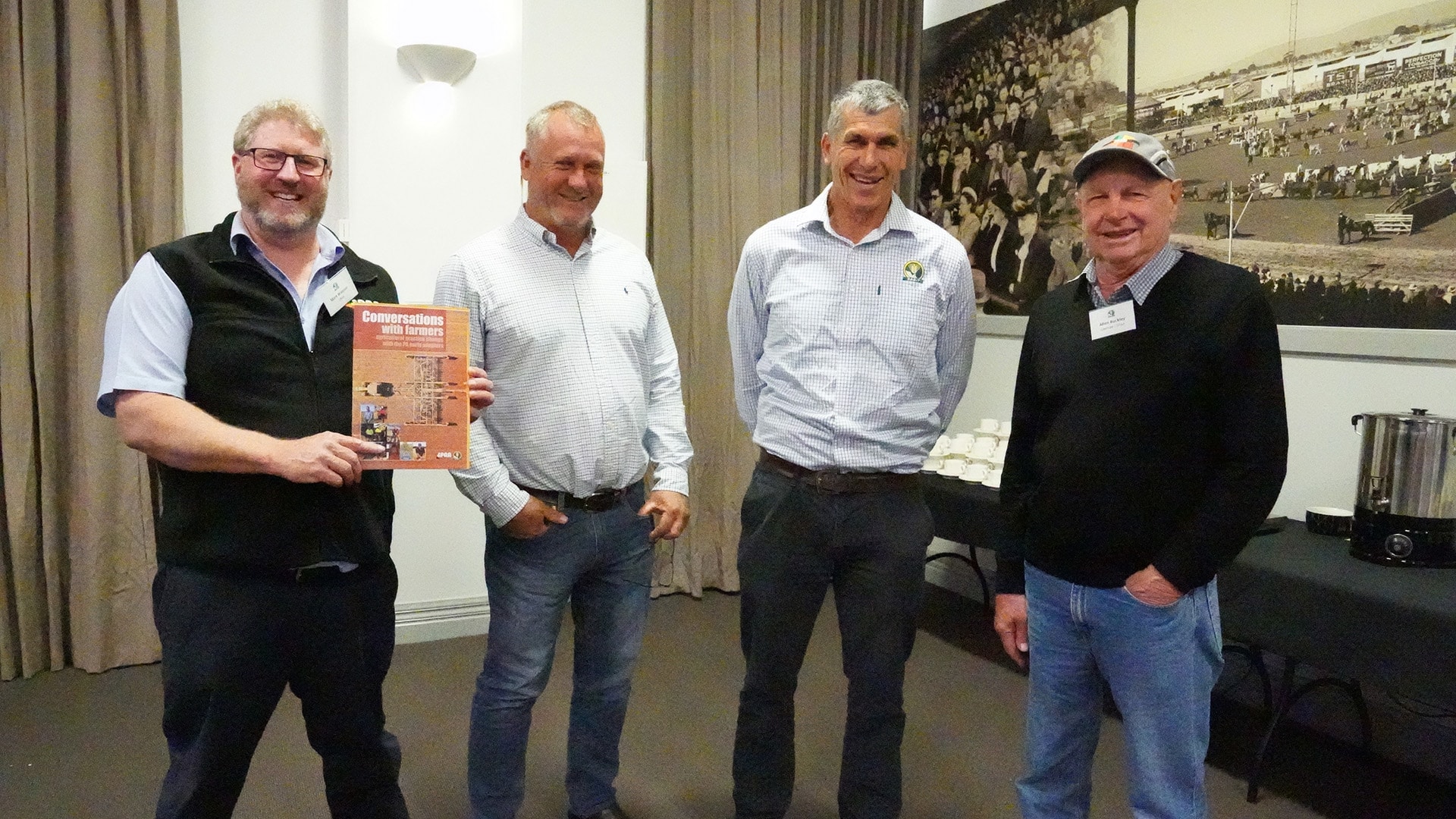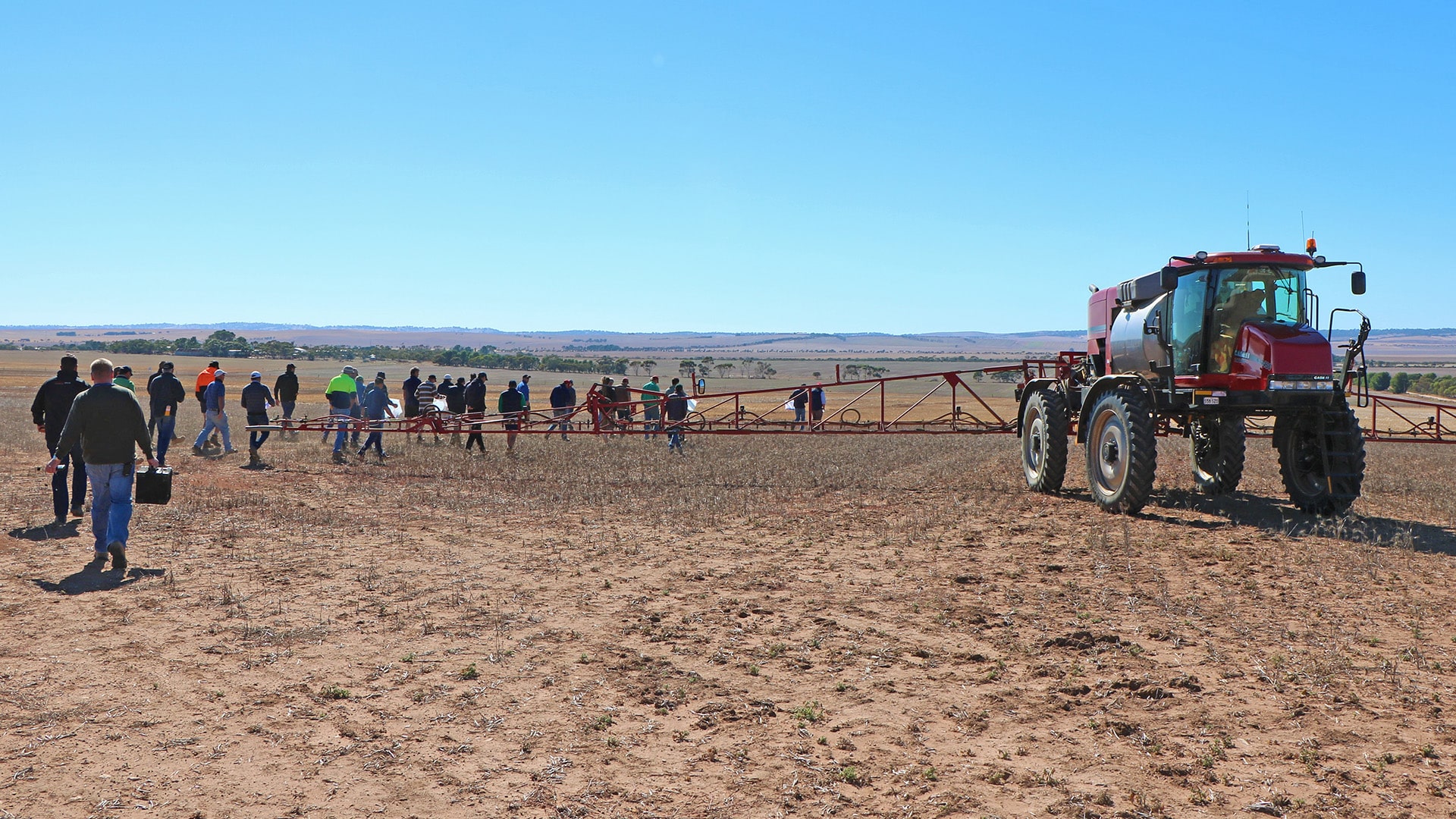START
FINISH
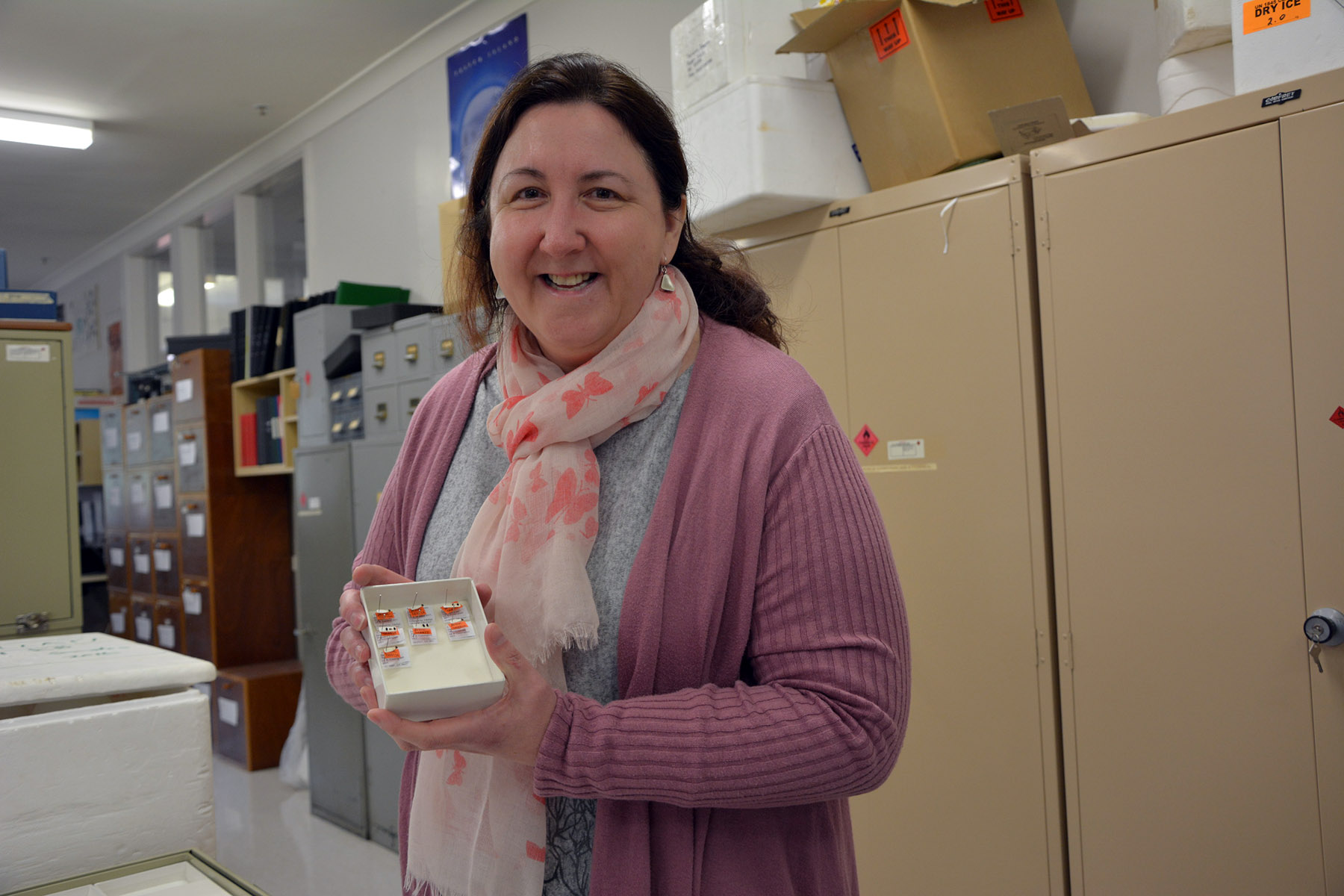
Summary
This project aimed to improve the diagnostic capabilities for Khapra Beetle by leveraging existing surveillance programs.
Improving diagnostics for Khapra Beetle would provide faster resolutions to potential trade issues concerning the beetle.
In the event of another Khapra Beetle incursion, the project sought to provide future resources and extension material on other species of dermestid, particularly native Trogoderma species, which could be mistaken for Khapra Beetle.
Background
The project aimed to increase the diagnostic capability and provide future resources about Khapra beetle in the case of another incursion, following one which affected a number of properties on Kangaroo Island and in metropolitan Adelaide.
Biosecurity SA was running a mandatory surveillance program to ensure the absence of Khapra beetle and this project utilised that program in a bid to provide outcomes for SA grain producers by improving the accuracy of diagnostics and providing resources in order to correctly identify Khapra beetle.
Research Aims
The core objectives of the project were to:
• To improve accuracy of diagnostics for Khapra Beetle to ensure the grain industry can provide faster resolution to trade issues if they arise.
• Produce a database of stored product pests that will be accessible to the grains industry and can be used as part of proof of absence requirements for important trading partners.
In The Field
Throughout the project’s duration, samples were taken from 137 sites across South Australia – including 41 from Kangaroo Island – with the objective of sampling to assess sites for the presence or absence of insects, and the presence or absence of dermestids including Khapra beetle.
Most samples came from dome traps and sieving, with other collection methods including wall traps, sweepings and vacuum samples from grain.
The sites included storage facilities, on-farm grain areas and metropolitan commercial wholesaler properties, with host materials including stockfeed, hay, grain produce and general sweepings.
Identification of insects in dome traps were made using a stereo microscope, with all insects found in the traps placed in alcohol before being sub-sampled for dermestids. Dermestids were identified by their morphological features and official taxonomic keys.
Larval identification was carried out in a similar manner though because the lure used was for adults the majority of specimens collected were adult dermestids.
Results
Out of 1056 general non-targeted surveillance samples, 591 had insects present with 173 containing dermestids, including several native species in the same genus (Trogoderma) as Khapra beetle.
The Kangaroo Island surveillance and the 180 pre-sorted samples were provided to SARDI from D’Estrees Entomology. All samples contained insects, with 6 containing dermestids.
In the seven sub-species of dermestid found in the samples, no Khapra beetle were detected.
Project Participants
SARDI: Nancy Cunningham
The Problem
South Australia’s diagnostic capability of Khapra Beetle.
The research
Samples were taken from across South Australia to assess for the absence or presence of insects and dermestids, including Khapra beetle.
The samples to be used to create better resources to aid in greater diagnostic capability of Khapra beetle.
More information
Nancy Cunningham, SARDI
T: 08 8303 9538
E: [email protected]
Value for Growers
330 insect specimens were added to the Waite Insect and Nematode Collection, with a fact sheet produced about the different dermestids found during the sample analysis.
The fact sheet was delivered to South Australian grain growers and advisers with a hard copy version currently in production and supported through the Grains Biosecurity Program (Biosecurity SA).
Information on dermestids and by-catch was incorporated into a database of all information collected from more than 1200 samples.
Throughout the project, a number of awareness and training workshops – for producers and other industry personnel – were held and run by both SARDI and Biosecurity SA Grains Biosecurity program including:
– Stored grain awareness
– Hands-on awareness
– Program exposure and general awareness
– Dermestid identification training

